Take-aways and restaurant foods
When eating out, it can be difficult to find safe and healthy options. Post-transplant, there are certain restaurant foods recipients must be wary of, and this section is designed to help navigate your choices.
Hot foods are safest, while uncooked seafood (sashimi, oysters) and cold cut meats (ham, salami) are risky for transplant recipients.
Sauces and salad dressings containing raw egg products which recipients need to avoid include (but are not limited to) aioli, Caesar salad dressing and hollandaise sauce. Salad dressings can be substituted with lemon juice, balsamic vinegar or pepper; these options also have less calories.
Desserts with uncooked products like raw eggs are risky for recipients and should be avoided. Examples include meringue and tiramisu which contain raw egg whites. Transplant recipients can have cakes, ice cream and fruit-based desserts from the menu instead.
For individualised dietary advice, please speak to your doctor or dietitian.

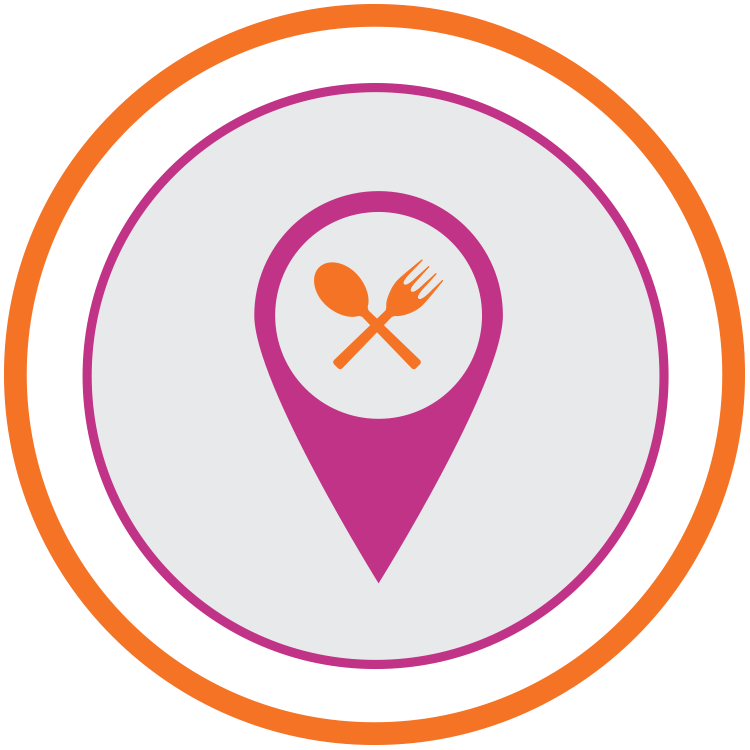
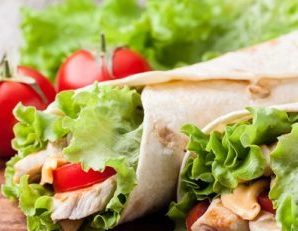

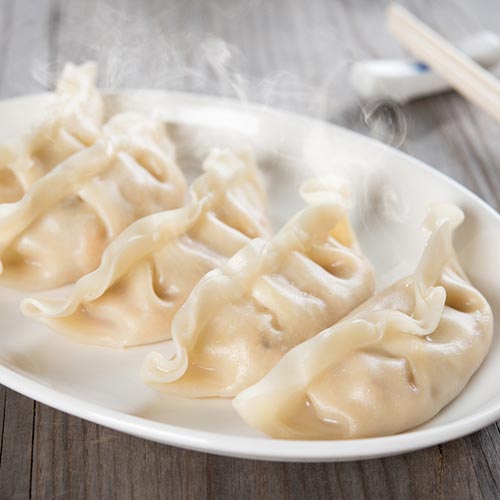 Entrees
Entrees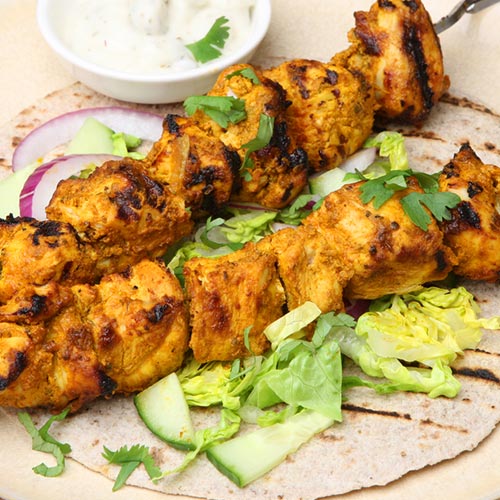 Indian foods can be very rich and high in fat. You can choose wisely to make your meal as healthy and nutritious as possible.
Indian foods can be very rich and high in fat. You can choose wisely to make your meal as healthy and nutritious as possible.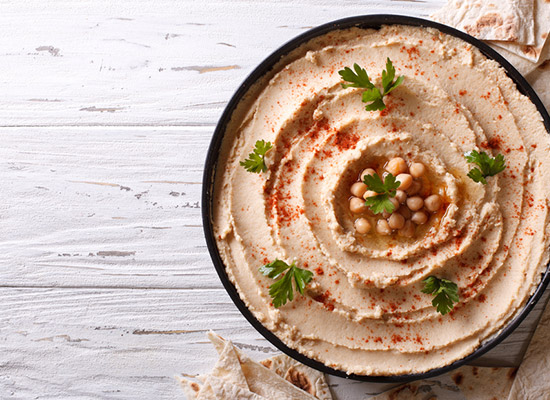 Lebanese food can be very healthy.
Lebanese food can be very healthy.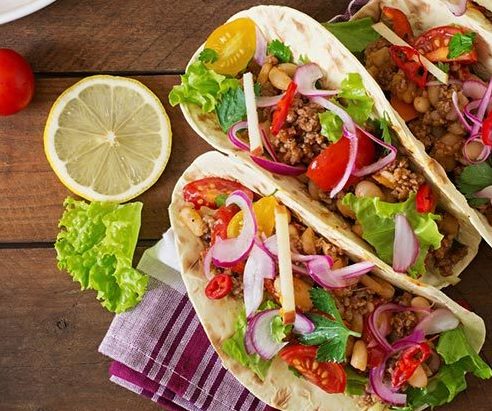 Mexican can be a great choice for recipients, with plenty of salads and vegetable options available.
Mexican can be a great choice for recipients, with plenty of salads and vegetable options available. Choose wholegrain bread, rye bread or a wholemeal wrap. Some bakeries have freshly-made salad sandwiches or rolls which would be a better choice. However, they would not be a healthier option for recipients if they’ve been pre-prepared and sitting on display.
Choose wholegrain bread, rye bread or a wholemeal wrap. Some bakeries have freshly-made salad sandwiches or rolls which would be a better choice. However, they would not be a healthier option for recipients if they’ve been pre-prepared and sitting on display.